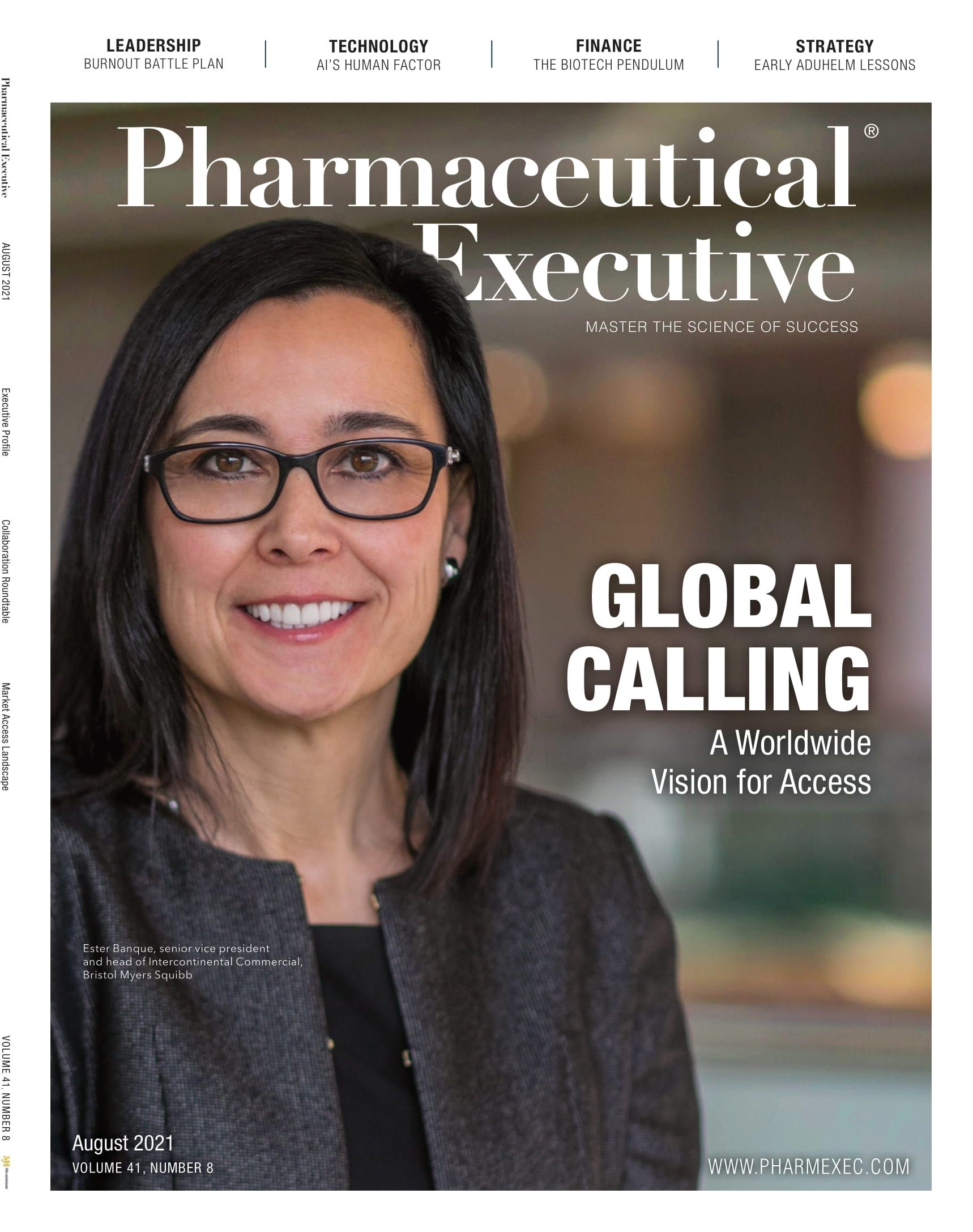Managing the People Side of AI Adoption
Accelerated implementation of AI platforms among pharma sales teams has highlighted the importance of the human factor.

Before COVID-19, in terms of rep-driven healthcare provider (HCP) engagement, the increase in digital efforts and the investment being made in cloud infrastructure, big data, and analytics was moving at a steady pace. Progress at organizations was balanced with a desire to minimize disruption. The intensity of the last 18 months, however, has seen changes “occurring immediately, and causing a lot of disruption,” says Derek Choy, cofounder and president of Aktana. “We saw digital channels quickly becoming pretty much the only way to reach physicians, and they were becoming critical, not just a nice-to-have for commercial success.”
Choy was speaking at this year’s Veeva Commercial & Medical Summit (June 10), alongside Greg Carpenter, senior director of US commercial transformation at Sanofi General Medicines. Aktana has been working with Sanofi to provide a platform that allows the drugmaker to define, execute, and optimize how it engages with physicians across every channel, with reps in the field as the primary areas of focus. “The technology essentially acts like an AI personal assistant,” explains Choy, “giving reps guidance on who to consider targeting, what channels to use, and what’s happening in other channels, and making sure they are provided with insights rather than having to go and analyze the data and try to figure it out themselves.”
With the advent of the pandemic, however, the introduction of this AI solution was accelerated. As Carpenter explains, “We were all thrown into the deep end of digital [almost] overnight. We saw an eightfold increase in the number of virtual meetings and a sevenfold increase in the number of emails being sent in just a matter of weeks.” But the urgency of implementing a new platform created some human problems. “When most people don’t have a lot of experience with AI, their mind goes to Skynet (the evil AI network of the Terminator films),” says Carpenter. “There was just a general distrust of AI when the reps first heard about it; they saw it as ‘Big Brother,’ which would be monitoring everything they did, tracking their efforts and reporting back to management.” Speaking to Pharm Exec, Carpenter added: “We had to do a lot of education internally just to help people understand what the technology is and what it isn’t.” It was necessary, he adds, to “really lean on the early adopters,” those people were already interested in AI, and use them as “champions” to help to convince the other reps to come on the journey.
For Choy, getting the company leadership and the brand and marketing teams to start trusting AI and machine learning (ML) approaches is down to change management, transparency, and achieving the right level of control, where boundaries and constraints can be set.
“One of the approaches we have leveraged is blending a rules-based approach to AI (that is, one that incorporates human-devised guidance and constraints) with a ML-driven approach,” explains Choy. This was a lesson Aktana learned the hard way. “Our first implementation way back in 2011 failed because we didn’t take into account the importance of managing that change and adoption at the individual rep level, or indeed at the brand level,” says Choy. “That experience drove us toward some of the best practices that we have today, and also influenced the way that we develop our technology, with its mix of ML optimization and practical constraints.”
Choy says that there has been good progress over the last few years; there is more buy-in from the top now, which is helping to drive AI adoption internally. There has also been the impact of COVID, which has seen people become more open to guidance, and has moved things along “even faster than we saw two or three years ago.” But there is still a way to go, he adds; change management, “the people side,” still a vital component of AI adoption.
Says Carpenter: “Any time you communicate change within an organization, it’s not just about having one town hall meeting and then checking the box. You have to communicate 10 times more than you think you need to, and it needs to be personal communication.” Reps are getting more comfortable with AI, but you have to start the journey somewhere, he adds. “And if you haven’t started yet, you’re already behind, because it takes time to do this. You can’t just flip the switch and do it overnight.”
Julian Upton is Pharm Exec’s European and Online Editor. He can be reached at jupton@mjhlifesciences.com.

Is Artificial Intelligence a ‘Product’? Products Liability Implications for AI-Based Products
April 10th 2025As the physical products we use evolve to become increasingly complex, traditional products liability frameworks may not always fit to provide remedies for harm that can result from using novel product types.